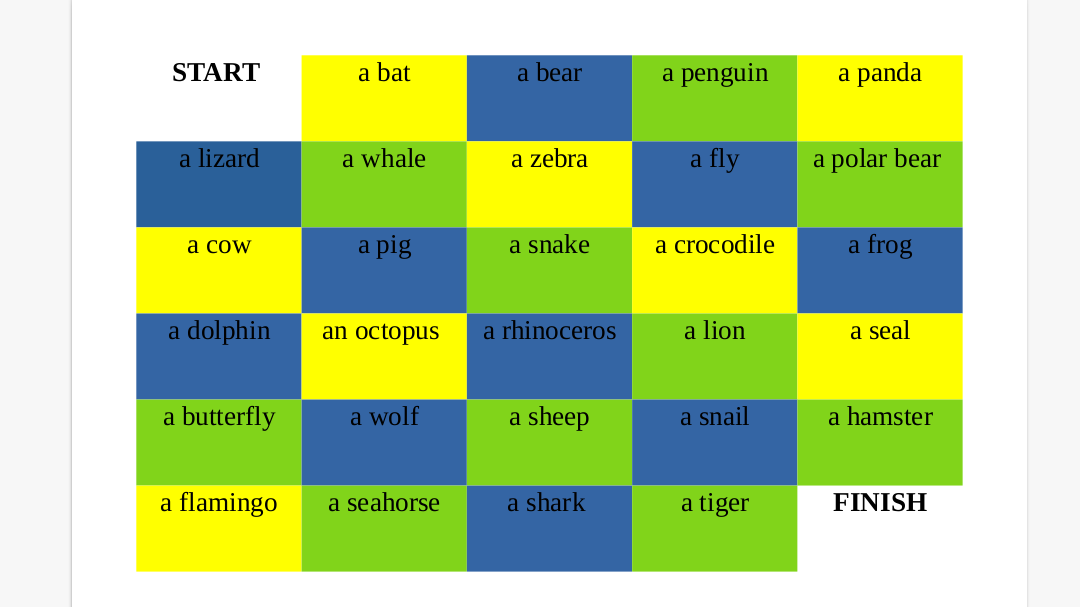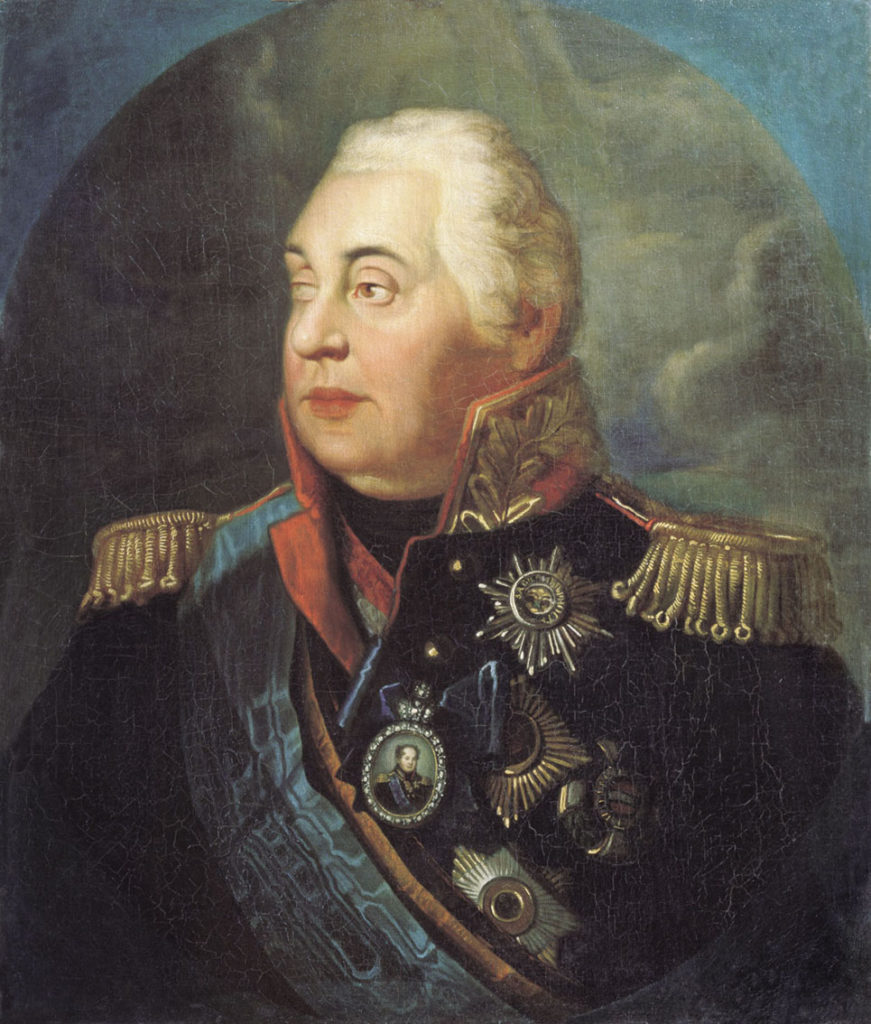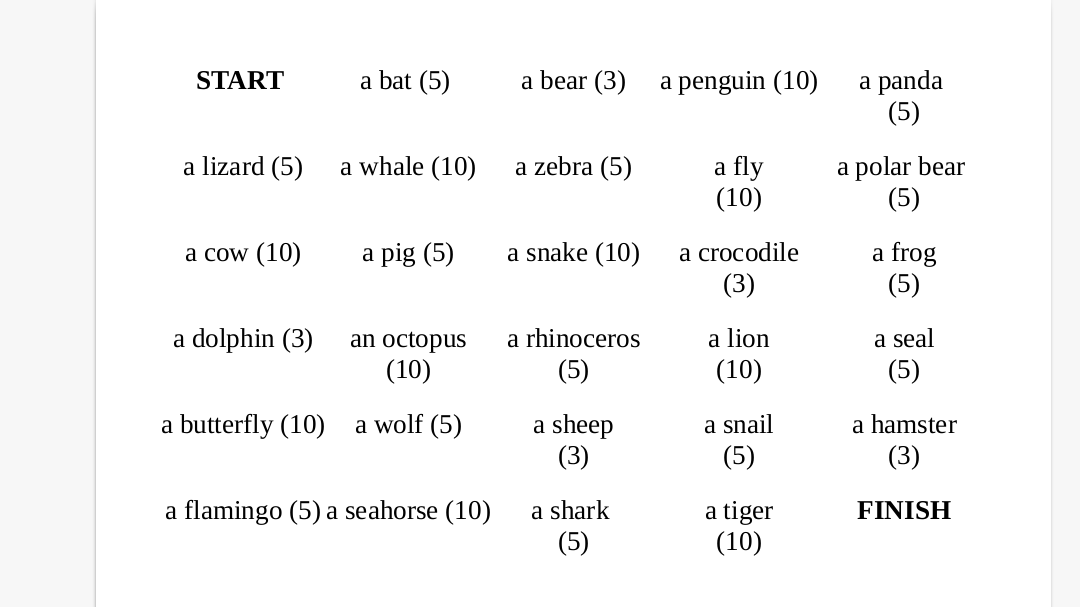
As soon as I said it out loud, it turned out that in my classroom is a crowded place. Apart from the teacher (that would be me), my students (older and younger), there is a whole bunch of characters who simply are there.
There is Pasha (the invisible student), there is Angelina (our class puppet), there is Mr Milk (the little-known-superhero), there is the Flying Cow…And there is also general Kutuzov. To whom this game is dedicated.
The thing is, general Kutuzov is a personal hero of mine. Every time I find myself in the middle of a big project, with one million areas to oversee and to manage, while on the verge of going crazy (because I multi-task well only in the classroom and in the kitchen), I think of general Mikhail Illarionovich Kutuzov, one man managing troops, camps, provisions, civilians, and all that in the face of the approaching enemy (aka Napoleon). This thought calms me down.
But not only that.
We sometimes play games with my kids (duh!) and sometimes they get very competitive (duh!) and sometimes, instead of ‘just playing’, some of them take time to think, to ponder, to come up with some very clever strategies in order to win…Which, on one occasion, resulted in me saying ‘Oh, look, here is general Kutuzov, planning something’ and ‘General, Kutuzov, please, can you make a decision? Today?’
They giggled. They are eight but they got the reference. And general Kutuzov stayed with us. So now, when they want to comment on someone taking their time to think or someone coming up with a strategy, they call him or her ‘general Kutuzov’ which, to be honest, I am rather proud of.
And that’s what I called that game:-)

How to play?
- The main aim of the game is to get from the START to FINISH, choosing your own route on the board.
- Players move across the board and as they do, they have to explain the word in each box. They answer the question ‘What’s…?’ or ‘Tell me about ….’
- It’s always good to put the key structures on the board, to support the production. In the animals game, with my A1 students, we used ‘It has got…(body parts)‘, ‘It can…(verbs)’, ‘It likes to eat…(food)‘ and ‘It lives in… (habitats)’.
- Students play in pairs or groups of three per board.
- Players move one box at a time, to the left, to the right, up, down or diagonally up or down.
- Each box has a number of points assigned and the students collect the points throughout the game.
- I give the kids small cards, folded, on which they are to write their points and to keep them secret until the end of the game.
- In the end, each player adds the points and we announce who the winners are, in each pair and in the class.

Why we love it
- The game generates a lot of language and it keeps the students motivated and involved.
- It is a competitive game but you can win it not because of good or bad luck but because you plan your movements well.
- It is suitable for mixed ability groups as the students choose their route themselves and can, if necessary, avoid using the words they don’t know.
- We played it in our offline lessons but it can be also used online, with the kids annotating on the screen. It would work best with individual students, small groups or big groups playing in teams.
- It depends only on the players (or their teacher) how long the game is going to last. Naturally, the kids will try to get from start to finish and as soon as one player does it, the game is stopped and the points counted. At the same time, the teacher can set the timer at ‘ten moves per player’ or, simply, stop it at any given point in the game (with the same number of moves per player, of course), announce the end and count the points.
- It takes a few minutes to prepare and it can be used with any kind of vocabulary, a thematic set (lower levels) or any random set of vocabulary taken from a story or a listening task.
- The first time we play it, the game is teacher-led and we play with teams of students, on the board but once they get the idea, they can play in pairs.
- No dice is necessary. Kids can either use checkers or colourful markers to draw their route across the board.
- I have played it with primary school students (A1) and with my B1 teens, too.
- The game can easily be made more or less challenging by keeping only two types of boxes (1 and 5 points, for example) or by adding more of those (1, 3, 5 and 10 points) and the number of points can reflect the level of difficulty of the word or phrase.
- Players can move in any way they choose, one box at a time, but to make it more challenging, the teacher can exclude moving diagonally or any other of the movements.
- The same can be applied to the rule of using the same box twice. It can be allowed or not.
- I have thrown my kids at the deep end but I think that if I were to introduce the game again, in a new group, I would probably create a board of boxes worth only 1 point to highlight the importance of strategic thinking here. The kids figured it out themselves, though: the longer the route, the more points (the kids’ aim) and the more language produced (the teacher’s secret objective:-)
- The board can be colour-coded. It will make it more attractive visually and it will help the kids understand where to move next, for example: a green box = 1 point, a blue box – 3 points and a yellow box = 10 points. Having said that, the black and white simple chart with points works equally well.
- You can get my animals boards here: the colour-coded board and the points board.
Happy teaching!
P.S. The inspiration for the game might have been a listening activity in one of the old coursebooks by OUP called ‘I Spy’ which had a listening activity in each unit called ‘the maze’. Maybe or maybe not))